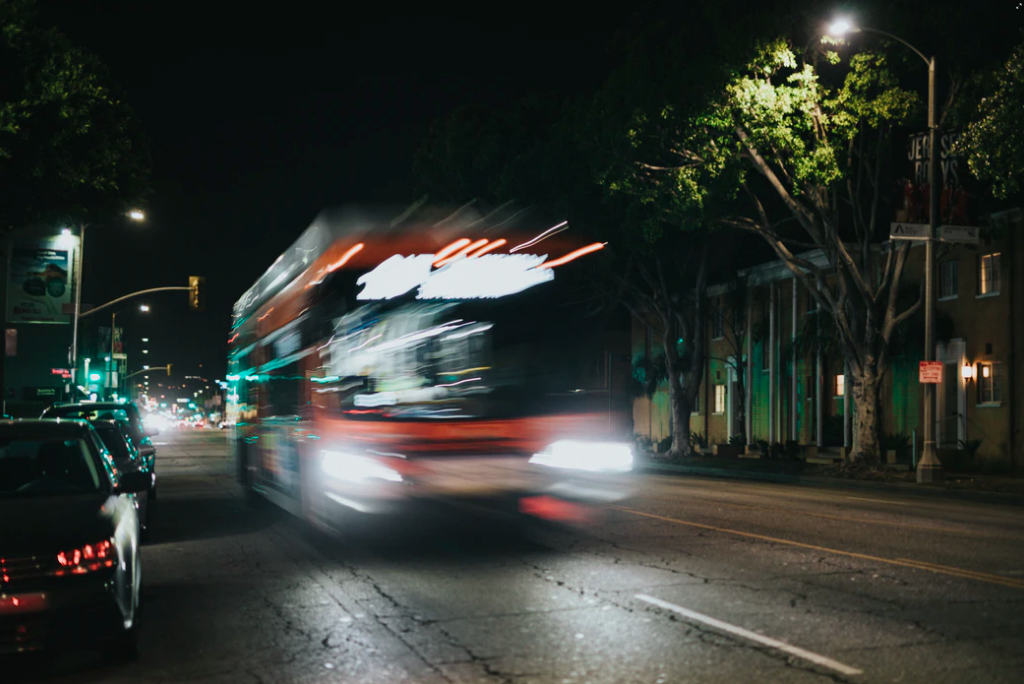The MobiliseYourCity community takes actions around the world to respond to the COVID-19 crisis

As the impacts of COVID-19 have been felt throughout the world, the MobiliseYourCity community is taking action.
In response the COVID-19 epidemic, MobiliseYourCity members have joined other cities around the world in taking exceptional measures to prevent the spread of the virus. In an initial digital discussion, members of the African Community of Practice discussed, for example, how all buses are being sanitized before each trip in Kumasi, Ghana, and how transport between cities has been restricted in Senegal.
As member cities grapple with the realities on ground, our implementing partners are responding to the situation by taking trainings online, creating new COVID-19 related content, and making new resources available for the current crisis and future response requirements. Agence Française de Développement (AFD), for example, launched “COVID-19 – Health in Common” – a €1.2 billion initiative in response to the worldwide public health crisis caused by the COVID-19 pandemic.
Specifically related to urban mobility, SLOCAT has gathered an extensive repository of relevant information, resources, and virtual events on COVID-19 and its impacts on transport with the aim of, as they put it “use this pivotal moment to advance our vision for more equitable, accessible, and low carbon transport systems, while working together to do our part in combating the spread of COVID-19.”
Making the most of a bad situation
As the economies of cities ground to a halt, the demand for public transportation plummeted and the volume of street space given to motor vehicles became more apparent. The low levels of traffic have led to high levels of innovation and ambition – many cities around the world are experimenting with opening up more public road space for walking and cycling, for example by using tactical urbanism approaches like in New Zealand. Other cities, such as Paris, are introducing ambitious new plans aiming at ensuring a permanent shift to sustainable mobility infrastructure systems by introducing structural measures such as networks of high capacity bicycle lanes.
As cities slowly emerge from a time-bound health crisis, there are signs of hope that we will emerge on the other side with more citizens accustomed to and able to enjoy living more locally and using more active modes of transport. Changes that would make healthier cities for the coming new world.